Thinking About Getting Sliding Kitchen Doors? Buyer’s Guide
Table of Contents
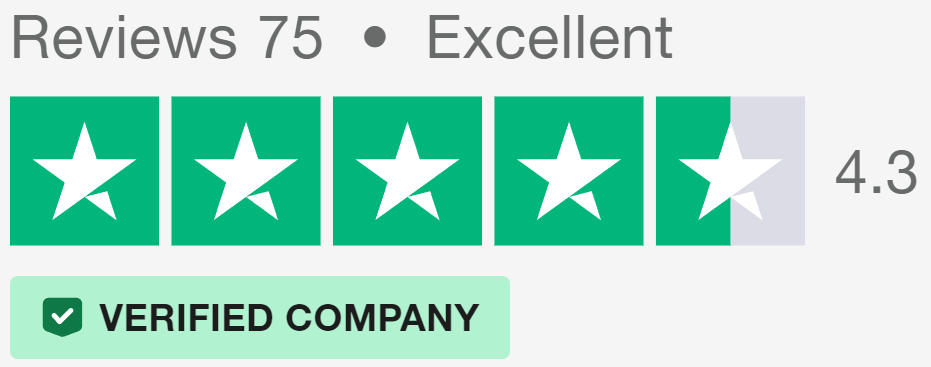
Introduction to Sliding Kitchen Doors
Sliding kitchen doors offer a fresh approach to home design. These doors glide along tracks, saving space and creating a smooth boundary between rooms or outdoor areas. Unlike traditional hinged doors, sliding options don’t swing open, making them ideal for tight spaces or areas where you want to maintain an open feel.
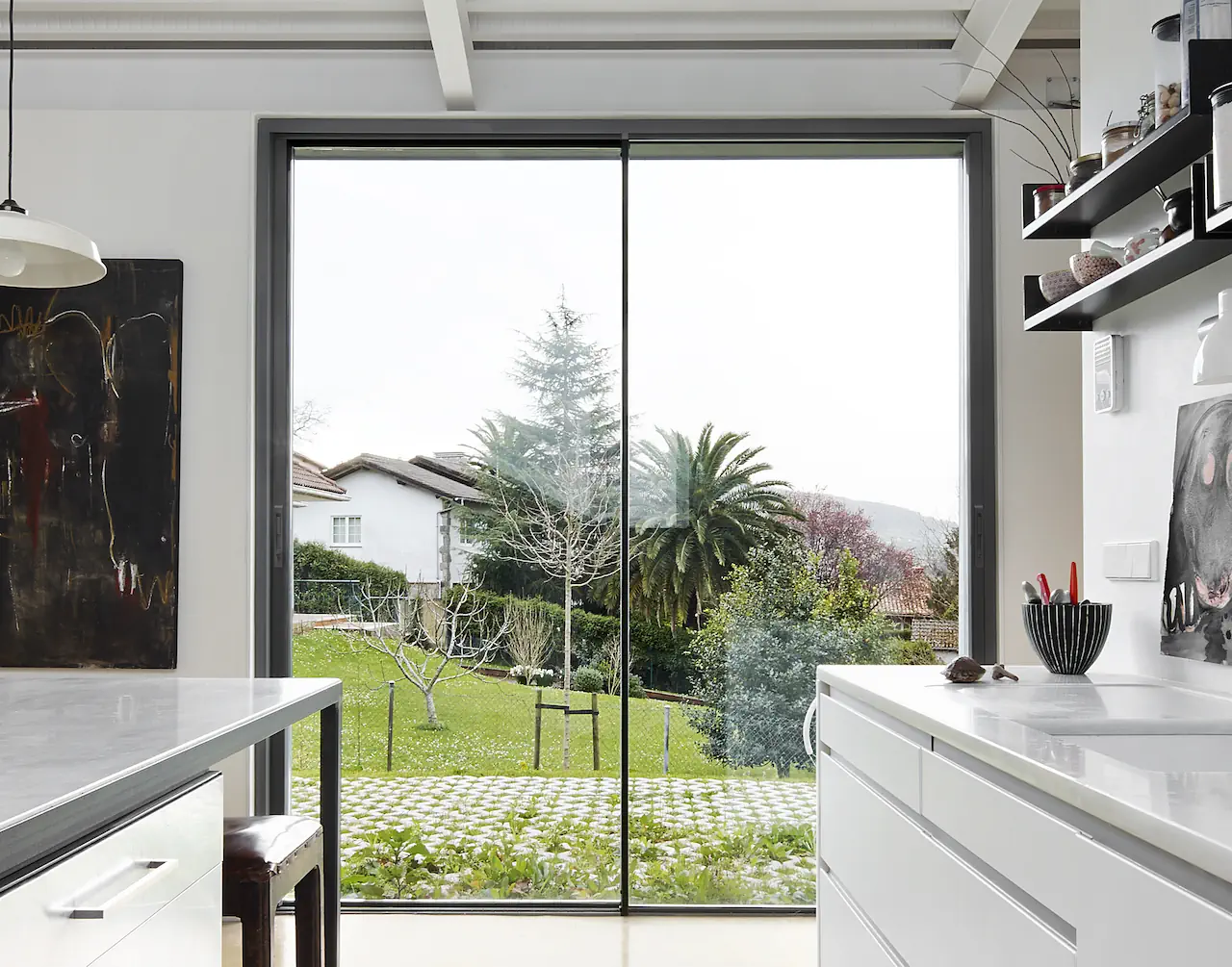
What Makes Sliding Doors Unique?
The distinctive feature of sliding kitchen doors lies in their movement. They slide horizontally, either along a single track or multiple tracks, depending on the design. This sliding action allows for larger door openings without the need for clearance space, which is particularly useful in kitchens where every centimetre counts.
Sliding doors for kitchens come in various styles, from sleek glass panels to rustic wood designs. They can be installed as single units or in pairs, offering flexibility in how you divide or open up your space. Some models tuck neatly into wall pockets when open, while others glide in front of fixed panels.
Types of Sliding Mechanisms in Kitchen Sliding Doors
Bypass System
Bypass sliding doors consist of two or more panels that slide past each other on parallel tracks. This system works well for kitchen pantries or as room dividers in open-plan layouts. The panels can be easily moved to access different areas of your kitchen or to separate cooking spaces from dining areas when needed.
Pocket Doors
Kitchen sliding doors that disappear into the wall are known as pocket doors. When fully open, these doors slide completely out of sight into a cavity within the wall. Pocket doors are brilliant space-savers, perfect for pantries or as dividers between kitchen and utility areas. They offer a clean, unobstructed look when open, which can make a small kitchen feel more spacious.
Top-Hung System
Top-hung sliding doors are suspended from a track above the door opening. This system is often used for heavier door panels or external kitchen sliding doors. The weight of the door is supported from above, which means there’s no need for a bottom track. These systems can be ideal for kitchens that open onto patios or gardens.
Internal Sliding Kitchen Doors
Internal sliding kitchen doors offer a fresh way to divide areas within your home. They provide flexibility, allowing you to open up or close off spaces as needed. These doors can create distinct zones in open-plan layouts or simply add a touch of style to your kitchen entrances.
Pocket Doors vs. Surface-Mounted Sliders
When researching internal sliding doors for a kitchen, you may find yourself deciding between pocket doors and surface-mounted sliders. Pocket doors slide into the wall cavity, disappearing completely when open. They’re ideal for tight spaces where every inch counts. In contrast, surface-mounted sliders remain visible, gliding along a track mounted outside the wall.
Pocket doors create a clean look when open, but they require more complex installation. You’ll need sufficient wall space to accommodate the door when it’s tucked away. Surface-mounted sliding doors for kitchens are easier to install and can be a good retrofit option. They’re also simpler to maintain, as the mechanism is more accessible.
Space-Saving Solutions for Small Kitchens
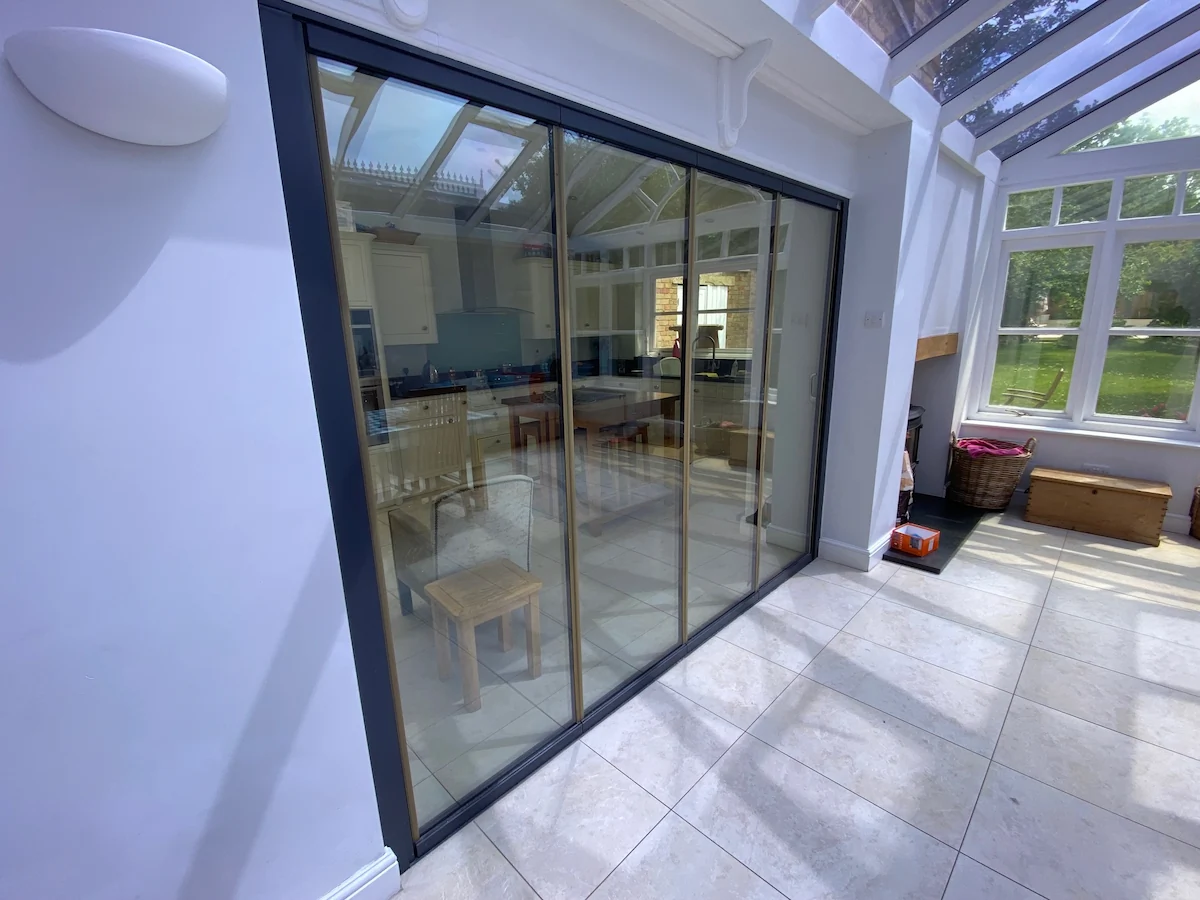
In compact kitchens, every centimetre matters. Kitchen sliding doors can be a game-changer in these spaces. Unlike swing doors, they don’t need clearance space to open, freeing up valuable floor area. This can make the difference between fitting in an extra cabinet or creating a more comfortable workflow.
Consider using sliding doors for pantries or to separate your kitchen from a utility area. They allow easy access without the need to manoeuvre around an open door. In galley kitchens, a sliding door at one end can close off the space when needed, without interrupting the linear layout.
For really tight spots, bifolding kitchen doors offer another option. These doors fold as they slide, requiring even less space than standard sliding doors.
External Sliding Kitchen Doors
External sliding kitchen doors create a strong link between your kitchen and outdoor area. They allow for wide openings, bringing in more natural light and fresh air.
Glass Options
When selecting glass for sliding kitchen doors, you have numerous options to suit your needs. Clear glass offers unobstructed views and lets in maximum light, ideal for smaller kitchens or those lacking natural brightness. However, if privacy is a concern, frosted or textured glass provides a solution while still allowing light through.
Tinted glass can reduce glare and heat gain, particularly useful for south-facing kitchens. For a more creative touch, consider decorative or patterned glass. These options can add visual interest to your kitchen sliding doors while still maintaining their primary function. Some homeowners opt for smart glass, which can switch from clear to opaque at the touch of a button, offering flexibility in privacy and light control.
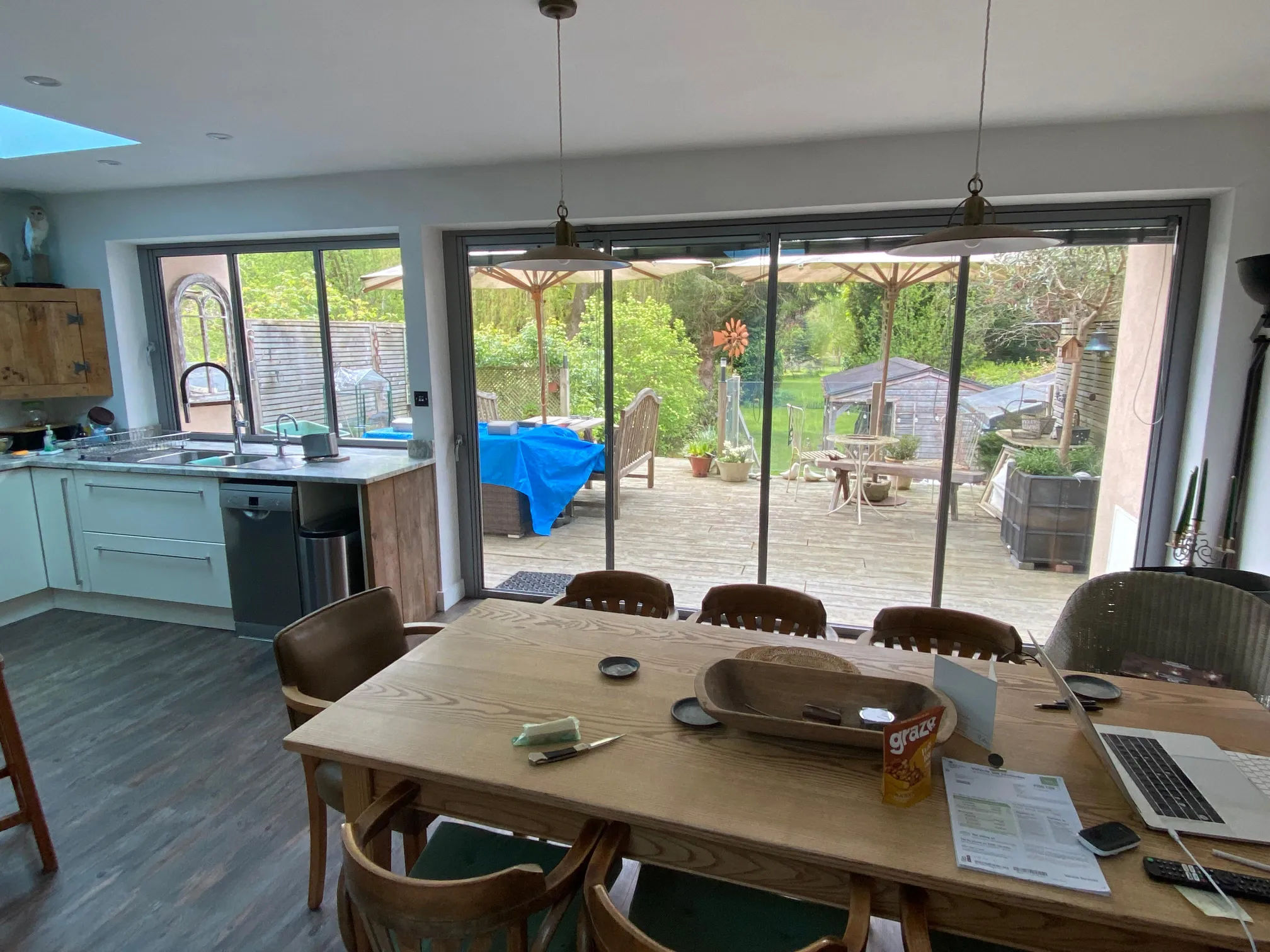
Environmental Considerations
In the British climate, choosing the right external sliding doors is extremely important for comfort and energy efficiency. Look for doors with good insulation properties to keep your kitchen warm in winter and cool in summer. Double or triple glazing is standard for external sliding kitchen doors, helping to reduce heat loss and condensation.
Weather seals are another important feature. High-quality seals prevent drafts and water ingress, ensuring your kitchen stays dry and comfortable year-round. Some sliding door systems come with multi-point locking mechanisms that pull the door tight against the frame when closed, improving their weather resistance.
Consider the threshold design as well. A low-profile or flush threshold can prevent tripping hazards and make it easier to move between indoor and outdoor spaces. However, ensure it’s still effective at keeping out water during heavy rain, a common concern in the UK.
Security Features to Look For
Security is a top priority for any external door, including sliding kitchen doors. Look for doors with multi-point locking systems that secure the door at several points along the frame. This makes it much harder for intruders to force the door open.
Toughened or laminated glass is often standard for sliding doors for kitchens that lead outside. These types of glass are more difficult to break than standard glass, adding an extra layer of security. Some doors also feature anti-lift mechanisms, preventing the door from being lifted off its tracks from the outside.
Slide and Fold Doors – A Sliding Door Variant Worth Looking Into
Slide and fold doors (also known as slide and stack doors) offer a unique approach to kitchen design, combining the best features of sliding and folding systems. These innovative doors can open up entire walls, creating a striking visual impact and allowing for easy movement between spaces. Sliding kitchen doors of this type are particularly well-suited for kitchens that open onto patios or gardens, providing flexibility in how you use your kitchen and outdoor area.
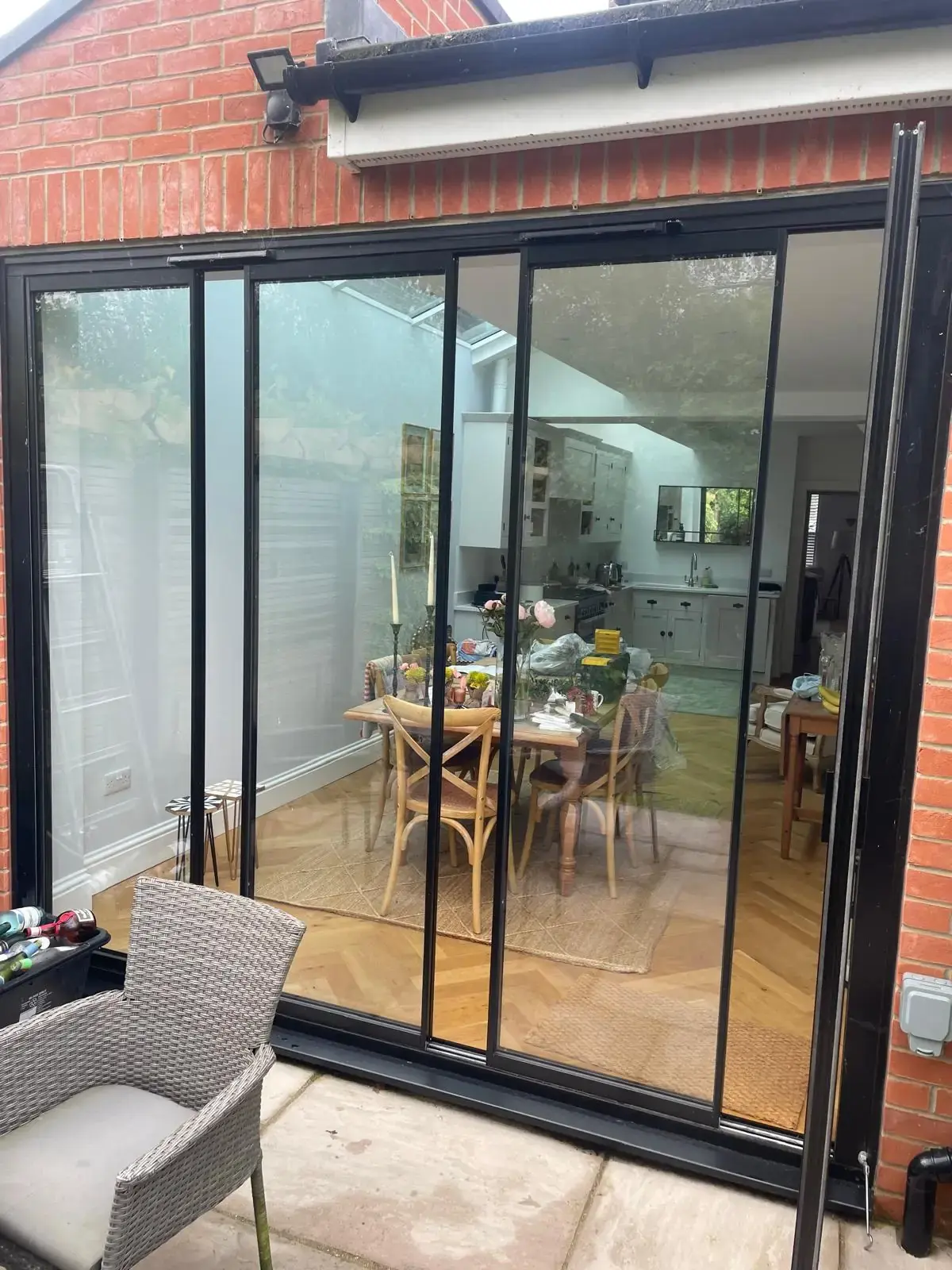
How Slide and Fold Doors Work
The operating mechanism of slide and fold doors sets them apart from traditional sliding kitchen doors. Each panel moves independently along a track, allowing you to open as much or as little of the doorway as you need. When fully open, the panels stack neatly to one side, taking up minimal space.
This system typically uses a top-hung track, which means there’s no bottom rail to step over. The smooth operation of these doors makes them easy to use, even when your hands are full of plates or groceries. Slide and fold doors for kitchens often feature slim frames, maximising the glass area and your views to the outside.
Ideal Scenarios for Slide and Stack in Kitchens
Slide and fold doors are perfect for homes with large patios or decks, allowing you to extend your kitchen outdoors during good weather. These sliding doors for kitchens can turn a regular cooking space into an impressive entertainment area.
In smaller kitchens, slide and fold doors can make the room feel larger by opening it up completely. This can be particularly effective if you have a small garden or courtyard, as it visually extends the kitchen space. During summer months, you can cook with the doors wide open, enjoying fresh air and natural light.
For those who enjoy al fresco dining, these doors make it easy to serve food directly from the kitchen to an outdoor dining area. They also allow for better airflow, which can be helpful when cooking strong-smelling foods. In winter, you can keep the sliding kitchen doors closed while still enjoying the view, thanks to their large glass panels.
Kitchens in open-plan living areas can also benefit from slide and fold doors. They offer the ability to separate the kitchen from living spaces when needed, such as during messy cooking sessions or when you want to contain cooking odours. When open, they maintain the open-plan feel, allowing for easy interaction between different areas of your home.
Slide and fold doors can also be a good choice for kitchen extensions. If you’re adding a new kitchen area to your home, these doors can create a smooth link between the old and new parts of the house. They allow you to maintain a visual connection even when the doors are closed, helping the extension feel like an integral part of your home.
Sliding Doors in Open Plan Kitchens
Open plan living has become increasingly popular in British homes, and sliding kitchen doors play a key role in these layouts. They offer the flexibility to create distinct zones within a larger space, allowing you to adapt your home to different needs throughout the day. Sliding doors for kitchens can provide privacy when needed, without compromising the overall open feel of your home.
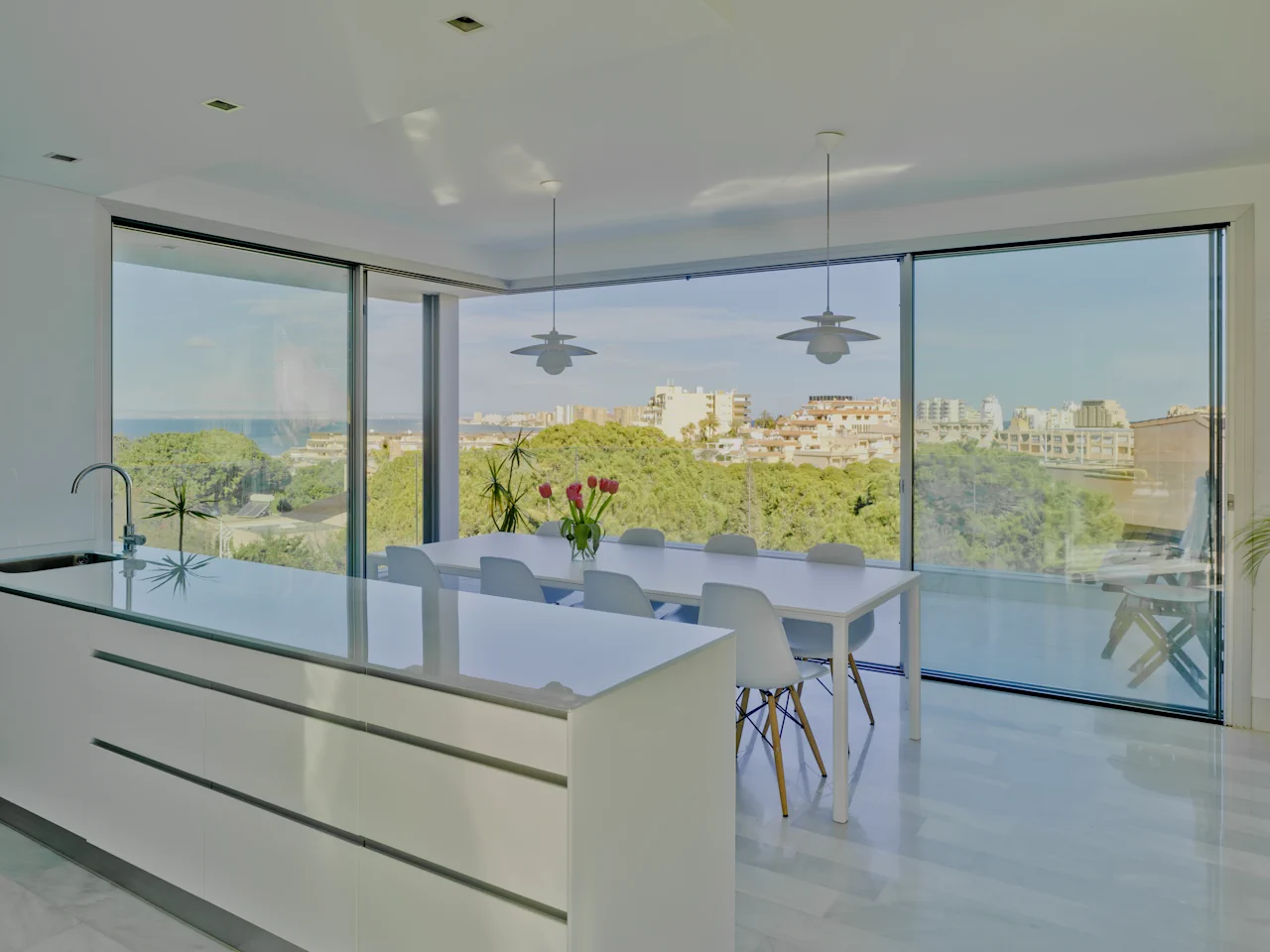
Creating Flexible Living Spaces
The beauty of sliding kitchen doors in open plan designs lies in their ability to change the room’s dynamics quickly and easily. When closed, they can create a cosy kitchen area, perfect for intimate family meals or containing cooking smells. Open them up, and you instantly have a spacious area ideal for entertaining or keeping an eye on children while preparing meals.
Some homeowners use multiple sets of sliding doors to create various configurations within their open plan space. For example, you might have sliding kitchen doors separating the cooking area from the dining room, and another set dividing the dining area from the living room. This setup allows for numerous combinations, from a fully open space to separate, private areas.
Noise Control in Open Layouts
While open plan living has many benefits, noise can sometimes be an issue. Sliding kitchen doors can help manage sound levels, making open plan living more comfortable for everyone. When cooking involves noisy appliances like blenders or extractors, simply sliding the doors closed can significantly reduce sound travel.
This noise reduction works both ways. If you’re trying to cook while others are watching TV or listening to music, closing the sliding doors for kitchens can create a more peaceful cooking environment. It’s particularly useful in families with different schedules, allowing early risers to prepare breakfast without disturbing those still sleeping.
Balancing Privacy and Openness
Sliding kitchen doors offer a solution to one of the main challenges of open plan living: balancing openness with privacy. They allow you to enjoy the spacious feel of an open plan layout while still having the option to create separate, more private areas when needed. This can be especially useful when entertaining, as you can keep meal preparations out of sight of guests.
For those working from home, sliding kitchen doors can be a boon. They allow you to close off the kitchen area during video calls, presenting a more professional background. When the workday is over, simply slide the doors open to reconnect with the rest of the home.
Glass sliding kitchen doors are particularly effective in maintaining a sense of openness even when closed. They allow light to flow through the space, preserving the airy feel of open plan living while still providing a physical barrier. Frosted or textured glass options can offer additional privacy without completely blocking light.
In multi-generational households, sliding doors for kitchens can help create independence within a shared space. They allow different family members to use the kitchen at different times without disturbing others, while still maintaining the option for shared family time when desired.
Designing Around Your Sliding Kitchen Doors
Incorporating sliding kitchen doors into your home design offers exciting possibilities for creating a stylish and practical space. These doors can become a focal point, influencing your overall kitchen aesthetic. When planning your kitchen layout, consider how the sliding doors will interact with your furniture, appliances, and decor.
Colour Schemes That Work
Choosing the right colour scheme can highlight your sliding kitchen doors and tie your space together. Light colours, such as white sliding patio doors, can make your kitchen feel more spacious, especially when used on both the doors and surrounding walls. This approach works well with glass sliding doors, creating an airy, open atmosphere.
For a bold statement, consider contrasting colours. Dark-framed sliding doors for kitchens against light walls (or vice versa) can create a striking visual impact. If you opt for wooden sliding kitchen doors, you might choose to match them with your kitchen cabinets for a cohesive look, or contrast them for added interest.
Remember that your colour choices will affect how light moves through the space. Lighter shades reflect more light, which can be beneficial in smaller kitchens or those with limited natural light. Darker colours absorb light but can add depth and sophistication to larger spaces.
Furniture Placement
The placement of your furniture and appliances should complement your sliding kitchen doors, not obstruct them. Avoid positioning large items directly in front of the doors, as this can impede their operation and limit their visual impact. Instead, arrange your kitchen layout to create clear pathways that lead to and from the doors.
Consider how your sliding doors for kitchens will be used. If they lead to an outdoor area, you might place a small table or kitchen island nearby for easy al fresco dining. For internal sliding kitchen doors, think about how they’ll interact with furniture on both sides when open and closed.
Lighting Advice
Lighting plays an important role in showcasing your sliding kitchen doors and creating the right ambiance. If your doors feature glass panels, they’ll allow natural light to flow through, potentially reducing your need for artificial lighting during the day. However, you’ll still want to plan your lighting scheme carefully to ensure your kitchen is well-lit at all times.
Consider installing track lighting or recessed lights along the path of your sliding kitchen doors. This can create a welcoming glow when the doors are open and highlight their design when closed. For glass doors, you might use backlighting to create a soft, diffused light effect.
Don’t forget about task lighting for food preparation areas. Pendant lights over a kitchen island or under-cabinet lighting can provide focused illumination without interfering with the overall lighting scheme or the operation of your sliding doors for kitchens.
Accessorising Your Kitchen
The right accessories can complement your sliding kitchen doors and pull your design together. For glass doors, consider using window treatments that don’t interfere with their operation. Sheer curtains or blinds mounted above the door frame can provide privacy when needed without detracting from the doors’ design.
Wall art or a statement clock positioned near your sliding kitchen doors can create a focal point and add personality to your space. If your doors lead to an outdoor area, you might place potted plants nearby.
Kitchen Sliding Door FAQ
Can I add blinds or curtains to kitchen sliding doors?
Yes, you can add blinds or curtains to sliding kitchen doors. Vertical blinds are a popular choice as they stack neatly to the side when open. For a sleeker look, you might consider integrated blinds within the glass units or roller blinds mounted above the door frame.
What are the main types of sliding kitchen doors?
The main types of kitchen sliding doors include standard sliding doors, pocket doors, and multi-track systems. Types of patio doors like French sliders are also popular for kitchens that open onto outdoor spaces. Some homeowners opt for slide and stack doors, which combine sliding and folding mechanisms for maximum flexibility.
Are sliding doors suitable for small kitchens?
Yes, sliding doors can be excellent for small kitchens. Sliding interior doors don’t require swing space, making them ideal for compact areas where every centimetre counts. They can separate kitchen zones or connect to adjacent rooms without taking up valuable floor space when open.
What's the difference between sliding and bi-fold kitchen doors?
Sliding doors move along a single plane, while bi-fold doors fold as they open. Folding sliding glass doors (also known as bifold doors or concertina doors) combine both mechanisms, allowing for a wider opening when fully retracted. Sliding doors typically offer larger glass panels, while bi-folds provide more flexibility in terms of how much of the opening you can use.
Are kitchen sliding doors child-friendly?
Sliding kitchen doors can be child-friendly when properly installed with safety features. Look for doors with soft-close mechanisms to prevent small fingers from getting caught. Some models come with lockable tracks or handles positioned higher up, out of young children’s reach.
How do sliding doors compare to bifold doors?
Sliding doors offer a more streamlined look and typically have larger glass panels than bifold doors. Bifolding doors provide a wider opening when fully retracted, which can be beneficial for connecting indoor and outdoor areas. The choice often depends on your space constraints and how you plan to use the doors.
Can I have sliding kitchen doors with a low threshold for easy access?
Yes, many manufacturers offer kitchen sliding doors with low threshold options. These designs minimise the step between indoor and outdoors, making them ideal for easy access and meeting accessibility requirements. Low thresholds are particularly useful for kitchens that open onto patios or decks.
Are there sliding kitchen doors suitable for period properties?
Yes, there are sliding kitchen door options that can complement period properties. Crittall style doors, with their distinctive grid pattern, are particularly popular for adding a touch of industrial chic to older homes. You can also find wooden sliding doors with traditional detailing to match period features.
How do I prevent insects from entering through my sliding kitchen doors?
To prevent insects from entering through kitchen slide doors, you can install retractable screens that pull across when the doors are open. Another option is to use magnetic insect screens that attach to the door frame. Some sliding door systems come with integrated fly screens that slide alongside the glass panels.
We’d Love to Help You
Vision Glass Doors is a designer, manufacturer, and installer of premium door systems. We are a family run business with over 20 years’ experience and 5,000 installations across the UK.
Our leading range of door systems include Ultra Slim – Slide and Turn Doors, Slimline Sliding Patio Doors and Frameless Glass Doors. Suitable for various internal and external applications, they are applicable to residential and commercial projects.
Click Quick Quote Online for a free quotation within 24 hours. Alternatively, call or email us on 01582 492730 or at info@visionglassdoors.co.uk.

